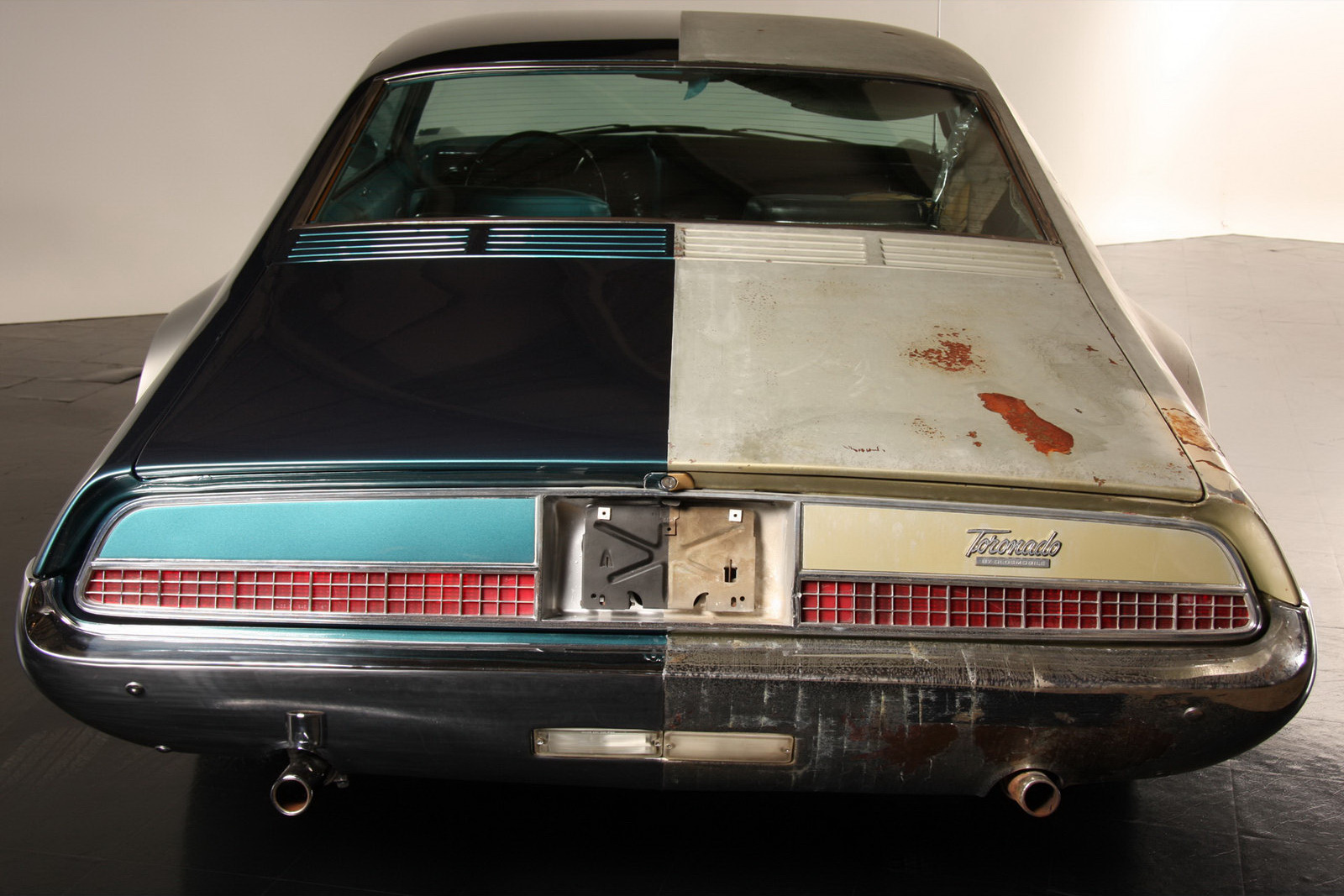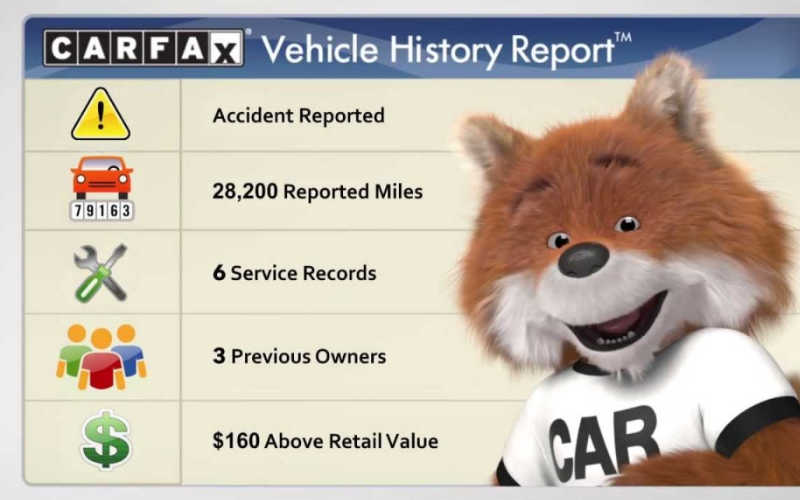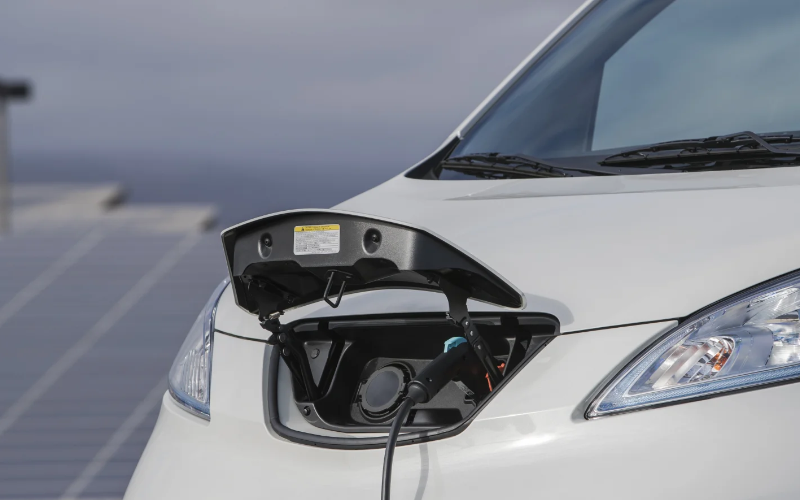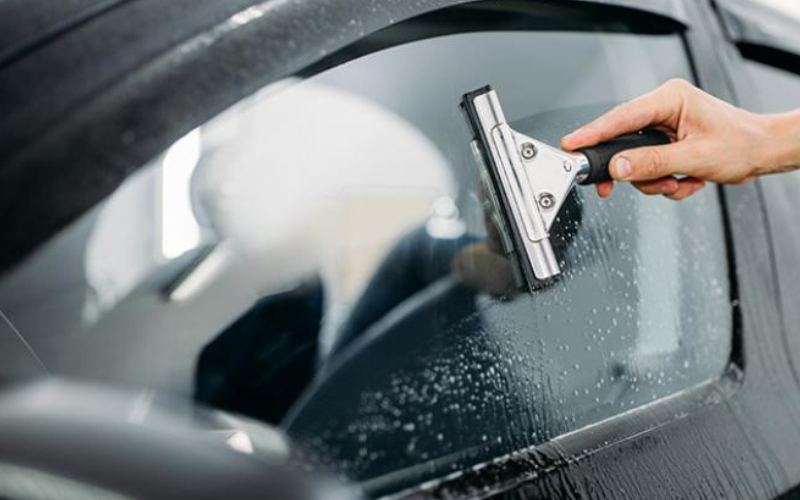Most of us have heard of the practice of flipping houses, but how about flipping cars? Violent though it sounds, flipping cars is actually the same as the practice with houses: purchase a run-down but classic car with potential, restore it and then sell it on to an eager buyer for profit.
Car Value Depreciation
We tend to think of cars as depreciating assets, which can in turn make the business somewhat tricker than flipping houses. The truth is, however, that like real estate in a certain neighborhood at a certain time period, certain car makes, models and years suddenly become very valuable. Restoring cars for profit is about anticipating those increases, purchasing old models and then restoring them to a saleable state in good time for a market increase.
Of course, car restoration doesn’t have to be all about profit and loss. You might want to do it for the sheer pleasure of the project, or to create a nice car for yourself. Whatever your goals in restoration, this article is designed to offer key tips and advice to help your project go smoothly. Hopefully, this advice can help you avoid some of the potential problems that you might encounter along the way.
Before you Begin Your Restoration Project
Before you actually get to any restorative work, there are several things you’ll need to consider and prepare in advance. It would be pointless to embark on a project without these first steps, since you may just end up with a financial albatross around your neck, or a restoration project that is impossible to finish. Ideally, all of the following steps will be completed before you purchase the vehicle to be restored.
Define the Scope of Your Project
The very first thing is to understand your objectives in restoration. You can think about car restorations as being any one of the following four levels:
- Driver – Putting the car back together for your own personal use. If it can be driven again, then it is considered “restored.” This is most basic level of restoration.
- Street Show – This is one step above the pure functionality of driver restoration. It’s about putting back the original look and style points as well as the basic drive functionality.
- Show Car – When the object is to create a car that is ripe for professional-level display, you would perform this kind of restoration. It’s unlikely you can achieve this level through DIY, unless you happen to be very skilled and experienced in all aspects of the restoration work.
- Concourse – If you’re planning on showing the course in Pebble Beach at the Concours D’Elegance, then this is the level you’ll need to attain. This is the highest level of professional restoration, worthy of the most prestigious prizes and placement among the world’s finest private car collections.
Carve Out Time and a Budget
Once you know the scope, you have to ensure that you have adequate time and money to invest in the project. You might have an iron-clad will to get this thing done and to make it profitable if that is your aim. This alone, however, will not be enough if you don’t make a concrete plan as to how much time you can dedicate to this project.
If it’s the serious part of your work day, then you’ll need the equivalent of a working day (6-8 hours) to dedicate exclusively to this each day. If it’s more of a hobby, then realistically you’ll still need at least at least 1-2 hours each day to get the project done in a reasonable timeframe.
As for budget, you will likely have to invest a total well into the tens of thousands of dollars. Creation of the budget depends largely on how much you can expect to receive once the vehicle goes up for sale. Remember that the rarer the car is, the more profit you can expect to make in a shorter overall time, but it may also require a great initial investment depending on specific model and current market desirability. You will likely invest anywhere between $15,000 and $50,000 when all things are considered, though the video below suggests some alternatives to that. If you can finish one car inside of a month, and get a healthy profit of several thousand dollars on each car, then it starts to become an attractive living.
Choosing a Car for the Project
After establishing your budget and timeframe, you’ll then have more of an idea of what kind of car you can get your hands on. Besides the cost and time, you’ll also need to think about availability of key parts for the car you are hoping to restore. Originality is one of the biggest profit generators when it comes to resale. A “rehashed” or “reimagined” vehicle may suit your personal tastes and desires, but it’s unlikely to motivate a serious collector.
Whether or not you can achieve this effect depends greatly on how available and how much those replacement parts that you need will cost. Autoweek published a great collection of classic car part sources back in March 2020. Browse the platforms listed and you might just find the right fit for your project. It’s always good to have multiple channels through which to find parts, but once you find good sources, foster those relationships to get better deals down the line. Customer loyalty goes a long way with automotive suppliers.
Besides online suppliers, explore local junk yards and talk to local dealers. Some places have real hidden gems and will let you have them for a good price if only to clear out some old stock or inventory. It may be a rare piece, which adds to its value, but buyers are also few and far between, quite frankly. The world of classic car restoration is still very niche, so sellers will be motivated to move things at perhaps a more reasonable rate than you imagine. Shop around to find quality bargains, and you can use savings as backup money for when things potentially go wrong.
Equip Yourself with the Right Tools
Getting all the equipment right on your first job may take some time. You should start with the basics, including all the items listed below:
- Sockets and a wrench
- Wire brushes
- Floor jack
- Screwdrivers
- Pliers
- Sheet metal scissors
- Drill and accompanying bits
- Air compressor
- Voltage checker
- Blowtorch and welding gear
- Possible: Engine crane and/or engine stand
Depending on the exact condition of the car you’re restoring, as well as the scope of your project, additional tools and equipment might be needed. Most important is at least being able to source the parts that you will need to replace.
During Your Project
Once the project is underway, there is further advice that we would offer to help keep everything on track.
Don’t Get Flustered by Setbacks
Just like any kind of restoration project, things can and will go wrong. It might be that a part you ordered suddenly goes out of stock, or the price increases. There may have been a technical fault you hadn’t foreseen, or hidden damage that you didn’t detect when you made the initial purchase. The list of potential things to set you back on your plan is endless. The important thing is to keep calm and carry on.
Start by understanding the setback and brainstorming possible solutions. Explore every avenue to get the project back on track before you consider cutting your losses and giving up. Never feel you are “failing” by reaching out for additional help, even if it means going a little out of your original budget.
Turn to Professionals When You Need
You might be a real whiz with basic car maintenance — changing the filters, checking the oil, changing tires etc. — but car restoration is a whole other animal. There may well be steps that are somewhat beyond your capabilities. Welding is a common example of something people imagine they can do but in fact cannot. Don’t attempt things that are not only outside of your skill set, but may even be dangerous when done wrongly.
It’s a good idea to bake some professional-level work into your budget from the beginning. In this way, you can create savings on the things that it turns out you can do yourself, but stay within budget when it comes to those things that prove too much of a challenge.
Add Safety Equipment
The trouble with the term “restoration” is that some restorers focus too much on recreating the original specification down to the last detail. They do this even if it means restoring a car that when first produced may have had woefully inadequate safety measures in place — like not even having seatbelts.
American comic and show host Jay Leno is well-known for his collection of cars, and even he as a serious collector would never deny the important of updating the safety portfolio. No buyer could fault you for helping to bring a classic car closer to modern safety standards, and in fact it could do a lot to make it a desirable purchase for collectors who also want to drive the car on public roads.
Seatbelts are an absolute must on older cars. You can also add some comfort features like a radio and air conditioning if you want to add some modern conveniences that make the car more bearable to drive. When the car is for yourself, that’s when your imagination can really take hold and you can add any additional features you want — Bluetooth, rear-view camera, digital rear-view mirror, HUD and much more.
For Resale: Focus on Maxing Original Features
Additional safety gear won’t impact the car’s value to a buyer, but what really pushes that value high is the presence of visible originality. This is most pronounced in the paintwork, wheel design, hood ornament or badging, upholstery, steering wheel design, dashboard material, carpeting, mirror shape and more.
Color is the first and most striking thing to get right. Do everything you can to restore the car to its most well-known and beloved color. Think “Racing Green” for those classic Jaguars, for example. Besides exterior colors, think also of the interior, in particular the upholstery, carpet and the dash material, especially if it’s wood veneer. The more features you can match to the original design, the more you can push the original old-world charm.
One more feature to consider is analogue vs. digital dials. To many classic car enthusiasts, the presence of original analogue odometers, rev meters, and even clocks, are irresistible details that make the car worth having. Anyone can shove in a digital display to give it a modern twist. Analogue is retro, and more importantly it’s original.
Restoration Complete: What Next?
And so, hopefully bolstered by our advice, you have no finished your restoration project. What are the next steps you should be taking? If your project was entirely for pleasure, then you can start to enjoy the fruits of your labor. If you were working as part of a longer-term investment, on the other hand, then the real challenge is about to begin. Choosing the perfect time to make your sale is tough, but if you avail yourself of enough market information, do your research and maintain a clear picture on exactly how much the project has cost you, then you will be successful.
In the end, just as your restoration involved patience and persistence, so too should the next steps. If you play your cards right, you can make a good profit in each car, which you can either reinvest into another restoration project, or something else. The car flipping market will never be as reliable or predictable as the real estate market, but it can still net a handsome profit if you put in the time to understand demand, and get each job done right and within budget. Good luck to all restorers out there!



